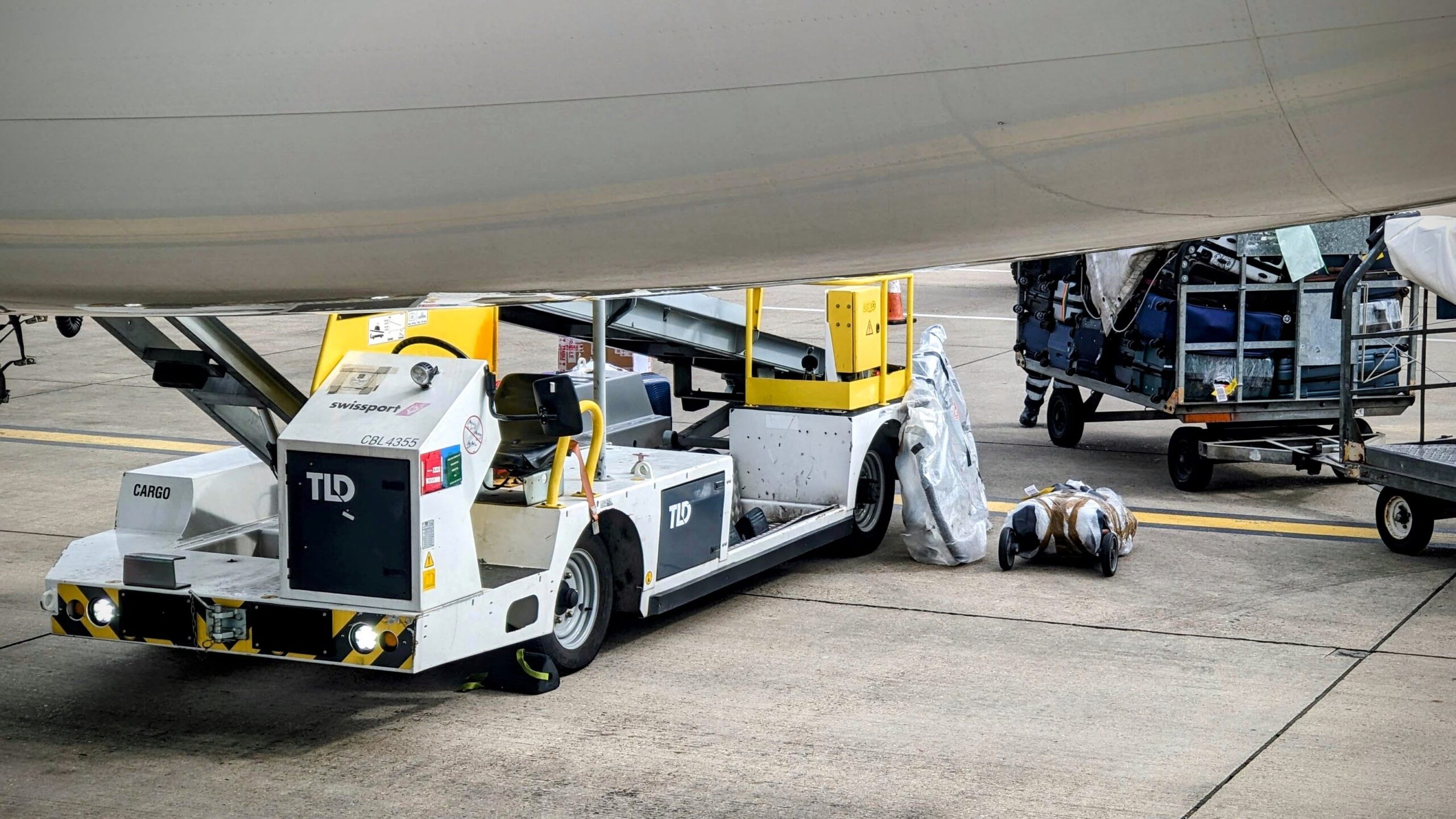In this video I demonstrate how – after repeatedly trying all the different methods of flying with a bike – I currently pack and prepare my touring bikes for air travel.
Then I actually put it on a plane to prove it works. Otherwise, it’s just theory. I’m here to actually do stuff, not just talk about it on YouTube.
I call this the “big plastic bag” method. There are other schools of thought on packing a bike for air travel; this is what has worked for me for many years and continues to work today.
And since a few people have asked about it, and I recently had an upcoming flight with a new bike in tow, I decided to take the opportunity to show you how I do it.

Some additional notes to accompany the video tutorial:
- To be upfront, I hate flying and avoid it wherever possible. I hate flying with a bike even more! This time, however, it was the only practical way of getting my new Outlander from the UK to Armenia for the coming year of riding. (I’ve done this trip twice by train in the last 12 months, and there’s not a chance in hell I’m going to try it again with a bike!)
- On many occasions I’ve used alternative methods of packing a bike for flying, including commercially-available padded bike bags and cardboard bike shipping boxes procured from bike shops – but the method shown in this video has proved the simplest and safest, and has resulted in the fewest breakages (so far).
- The bag I use in this video is a protective bicycle cover from the UK-based Cyclists’ Touring Club (CTC), now Cycling UK. I bought it from Wiggle and I’ve been using for several years years, patching it up as needed. However, it seems these specific bags are not currently distributed or available. The equivalent in terms of size and durability is a single mattress bag, designed for protecting a mattress during transportation and storage. These bags are readily available from your favourite online mega-retailer.
- It’s critical to read your airline’s baggage policy before you commit to using this method (or perhaps before you book your ticket!). There will be a section covering sporting equipment, including bicycles, and this should detail how a bicycle should be prepared and packaged. If the wording includes “protective cover”, “protective bag”, “bike bag”, or something similar, you should be good to go. If in doubt it’s best to call the airline for clarification and to ask for the regulations in writing.
- Packaged in this way, smaller bikes – particularly those with dropped handlebars – will usually fit on the oversized baggage conveyor belt at check-in, but larger and more upright bikes may exceed these dimensions. In this case you may have to take the bike to a special security zone for it to be hand-checked and transferred directly to the baggage handlers. This may involve the bag being opened for inspection, so bring extra packing tape! Unfortunately there’s no standard width for an oversized baggage belt, so it isn’t possible to check in advance.
- Don’t make the mistake of putting sharp objects – which might include items in your reassembly toolkit! – in your cabin baggage, thinking they’ll come in handy later. (Ask me how I know.) Instead, put the tools and accessories you’ll need for reassembly somewhere readily accessible in another item of checked baggage.
- I am not guaranteeing that this method will provide guaranteed protection from all the things that happen to checked baggage during a long, multi-leg flight. Accidents do happen, breakages are still possible, and luggage still gets lost. You can only do so much! If your bike is particularly valuable to you, consider taking out additional insurance.
- Yes, I know how vulnerable the bike looks. Once again: I’ve tried every method of getting a bike on the plane, repeatedly and with a wide range of airlines and destinations. And yes, I’ve had things broken and damaged with every method I’ve tried – but the fewest issues have always been with this one.
I’m always happy to field questions, preferably in the comments below but also in the YouTube comments.


Something to add?